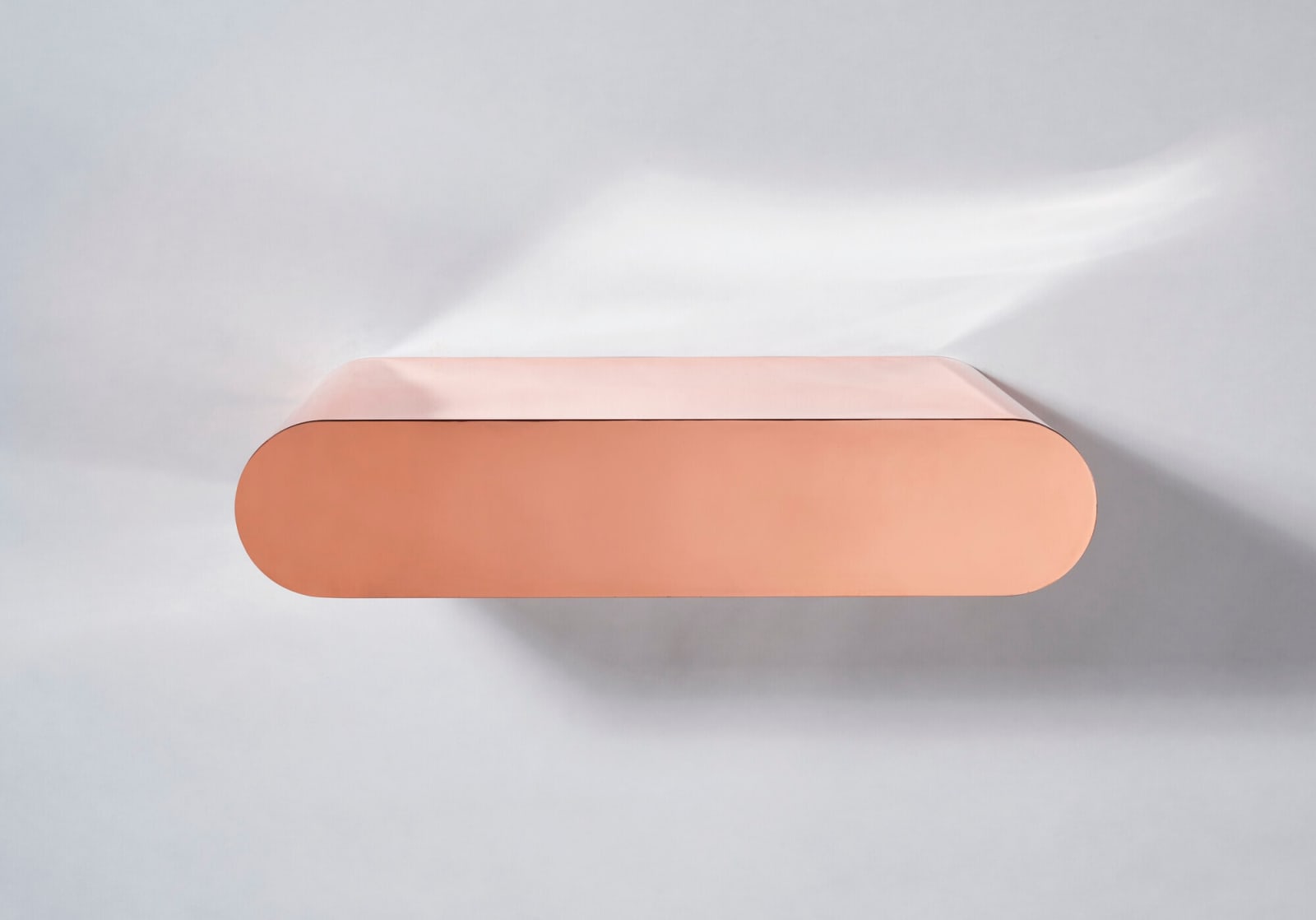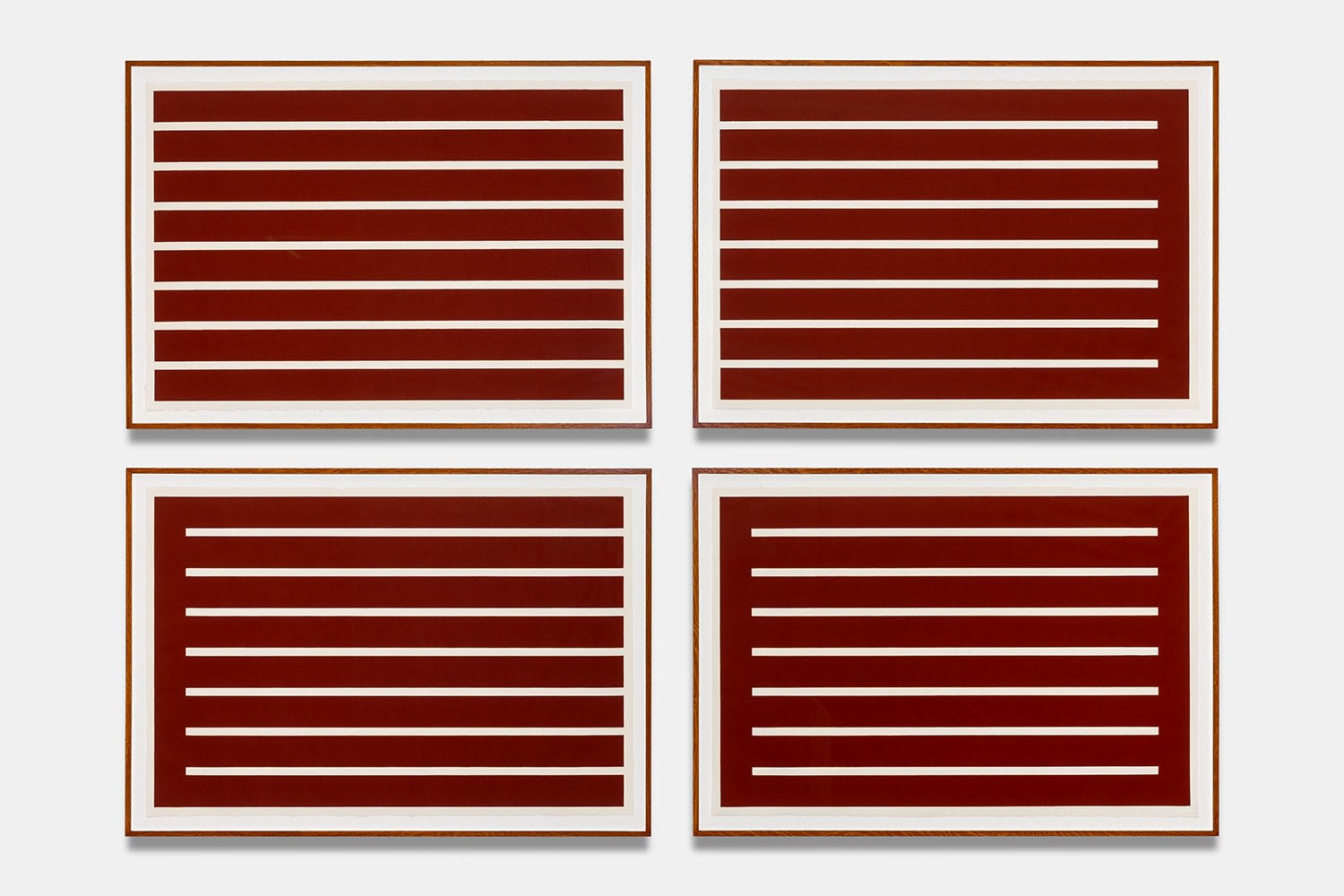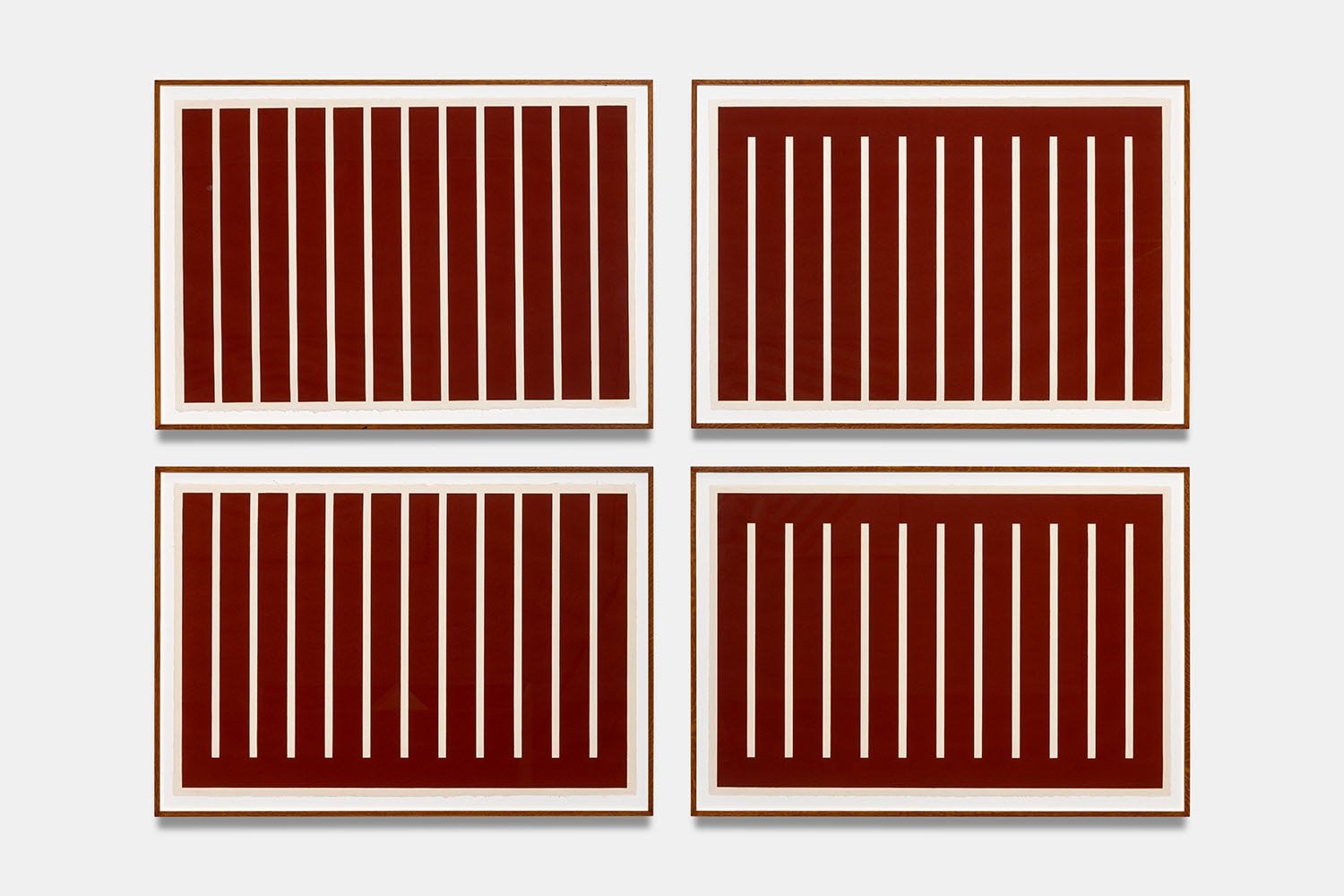Donald Judd
Born in 1928 in Excelsior Springs, Missouri, United States.
Died in 1994 in New York, United States.
Donald Judd is regarded as one of the leading figures of American Minimalism, a movement he helped define in the early 1960s. After beginning his career as a painter, he turned to sculpture and drawing, developing a formal vocabulary based on repetition, geometry, and the use of industrial materials such as metal, plexiglass, and plywood. His works, characterized by their rigor and precision, reflect his desire to break away from representation and affirm the object as an autonomous reality.
Throughout his career, Judd sought to redefine the relationship between artwork, space, and viewer. In 1971, he settled in Marfa, Texas, where he created a vast architectural complex dedicated to the permanent installation of his own works and those of his contemporaries. This project, now overseen by the Judd Foundation and the Chinati Foundation, remains a landmark in the history of sculpture and contemporary art.
Judd’s work has been the subject of numerous international exhibitions, including at the Museum of Modern Art in New York (2009), Tate Modern in London (2004), and the Whitney Museum of American Art in New York (1988). His works are held in major museum collections such as the Museum of Modern Art and the Whitney Museum in New York, Tate in London, Centre Pompidou in Paris, and the National Gallery of Art in Washington, among others.







